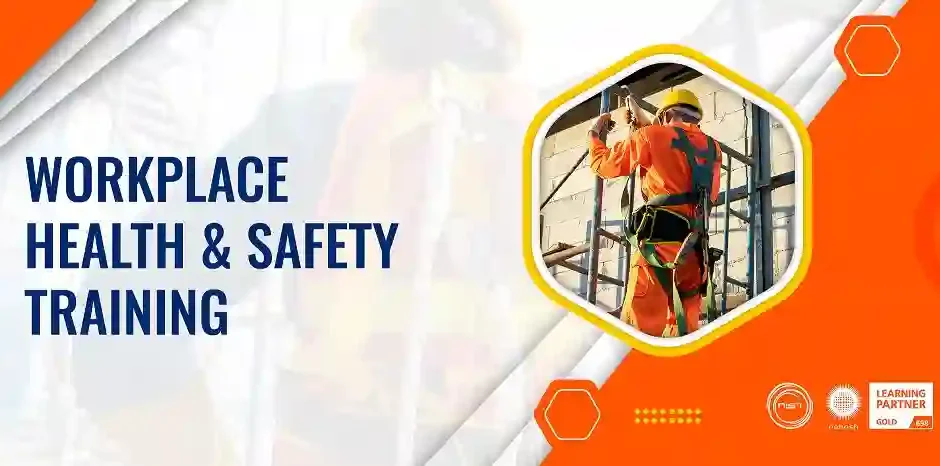In the modern workplace, the health and safety of employees are paramount. With the increasing awareness of occupational hazards, there’s a growing emphasis on immediate trauma response as a critical aspect of workplace health and safety programs. This article delves into the importance of immediate trauma response in the workplace, exploring its components, implementation strategies, and overall impact on employee well-being and organizational resilience.
Understanding Trauma in the Workplace
Trauma in the workplace can arise from various incidents, including industrial accidents, falls, equipment malfunctions, or even violent events. The impact of these incidents can be far-reaching, affecting not only the physical health of employees but also their mental well-being. Immediate trauma response is the process of quickly and effectively addressing these incidents to minimize harm and facilitate recovery.
Components of an Effective Trauma Response Plan
Rapid Assessment and First Response:
-
- Implementing procedures for quick assessment of the incident.
- Training staff in basic first aid and trauma care to provide immediate assistance.
Emergency Medical Services Coordination:
-
- Establishing clear protocols for contacting and coordinating with emergency medical services.
Critical Incident Stress Management:
-
- Offering psychological support and counseling services to employees affected by the trauma.
Safety Protocol and Procedure Review:
-
- Regularly updating and reviewing safety protocols to prevent future incidents.
Training and Drills:
-
- Conducting regular training sessions and drills to prepare employees for emergency situations.
Post-Incident Analysis and Reporting:
-
- Analyzing incidents to identify root causes and implementing measures to prevent recurrence.
Benefits of Immediate Trauma Response in the Workplace
Reduced Injury Severity:
-
- Prompt response can significantly reduce the severity of injuries, potentially saving lives.
Enhanced Employee Morale and Trust:
-
- Demonstrates the organization’s commitment to employee safety, boosting morale and trust.
Minimized Operational Disruption:
-
- Quick and effective response can lead to faster resumption of normal operations.
Lowered Financial Impact:
-
- Reducing the severity of incidents can decrease medical costs and potential legal liabilities.
Improved Compliance with Health and Safety Regulations:
-
- Adherence to legal and regulatory requirements regarding workplace safety.
Cultivation of a Safety-First Culture:
-
- Fosters an environment where safety is a shared responsibility and a core value.
Implementing an Immediate Trauma Response Strategy
Comprehensive Training Program:
-
- Providing regular, mandatory training for all employees on first aid, CPR, and emergency response procedures.
Clear Communication Channels:
-
- Establishing and maintaining clear lines of communication for reporting and responding to incidents.
Accessibility to Emergency Equipment:
-
- Ensuring that first aid kits, AEDs, and other emergency equipment are readily available and well-maintained.
Collaboration with Medical Professionals:
-
- Partnering with healthcare providers to offer expert guidance and support in trauma response.
Psychological Support Services:
-
- Providing access to mental health professionals for post-trauma counseling and support.
Regular Review and Improvement:
-
- Continuously evaluating and improving the trauma response plan based on feedback and incident analysis.
Challenges in Trauma Response Implementation
Employee Engagement and Training:
-
- Ensuring consistent participation and engagement in training sessions can be challenging.
Resource Allocation:
-
- Allocating sufficient resources, including time and budget, towards trauma response initiatives.
Maintaining Updated Protocols:
-
- Keeping protocols up-to-date with the latest health and safety standards and technologies.
Cultural Change Management:
-
- Fostering a shift towards a safety-first culture requires time and effort.
Conclusion
Immediate workplace health and safety, specifically focusing on trauma response, is a critical component of modern organizational management. By implementing comprehensive trauma response strategies, businesses can not only ensure compliance with safety regulations but also demonstrate a genuine commitment to their most valuable asset – their employees. This commitment goes a long way in fostering a culture of safety, trust, and resilience. The investment in immediate trauma response is an investment in the overall health and sustainability of the organization, reinforcing a foundation where safety and well-being are paramount.



